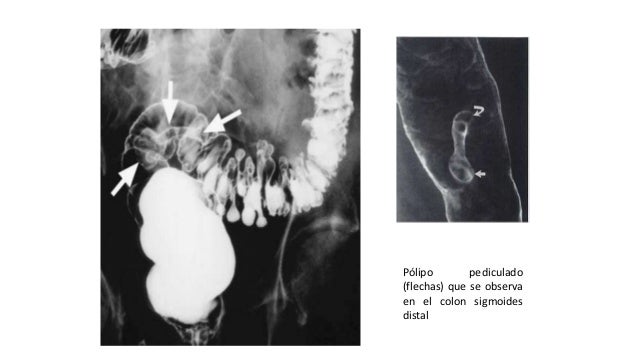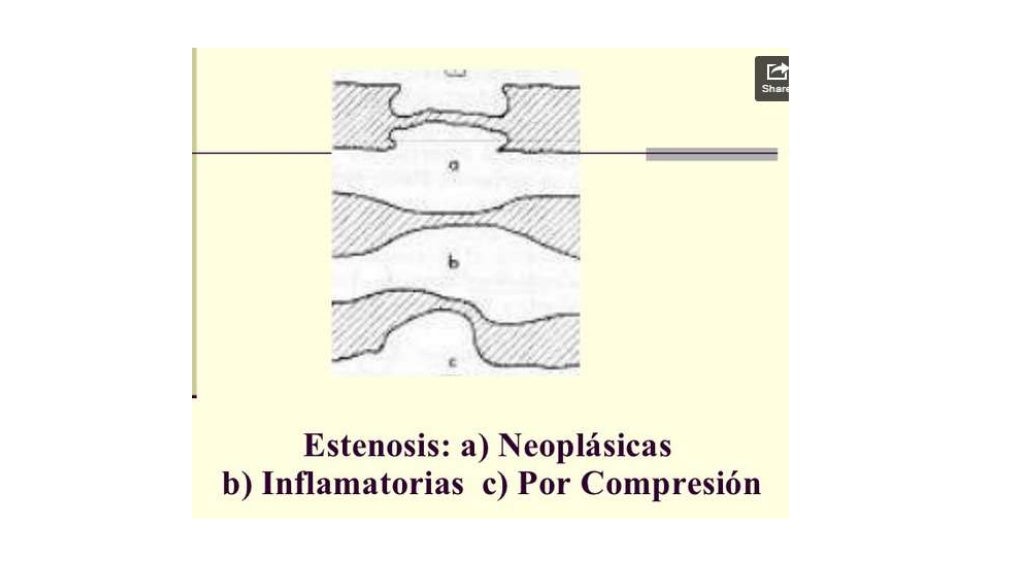

The 5 year survival rates in 18 patients with lymphoma undergoing 'curative' surgery was 48 per cent while in patients whose surgery was considered palliative the figure was 12 per cent (P less than 0.001).

We have analysed the effects of 'curative' and palliative surgery and adjuvant therapy on actuarial 5 and 10 year survival in 97 local patients with primary small bowel malignancies presenting to five Glasgow teaching hospitals over a 15 year period.

Nevertheless, surgical resection or biopsy of the lesion is ultimately required for a definitive diagnosis. Leiomyosarcomas, lymphoma, and metastases from malignant melanoma tended to be longer lesions with extensive ulceration, wider channels, and little or no evidence of obstruction. While these lesions may be indistinguishable radiographically, annular carcinomas tended to be short, relatively nonobstructing lesions annular metastases (except those from malignant melanoma) tended to be highly obstructing lesions with significant narrowing and/or angulation of the bowel. However, pathologic data revealed only 4 primary adenocarcinomas with 10 metastatic lesions (6 colon cancers, 2 malignant melanomas, 1 lung cancer, and 1 cervical cancer), 2 leiomyosarcomas, 1 non-Hodgkin's lymphoma, and 1 malignant carcinoid tumor. At our institution, 18 annular malignancies were diagnosed radiographically in the small bowel by enteroclysis (16 cases) and conventional small bowel follow-through studies (2 cases) between 19. True annular malignancies of the small bowel with mucosal destruction and shelflike margins are generally thought to be caused by primary adenocarcinoma.


 0 kommentar(er)
0 kommentar(er)
